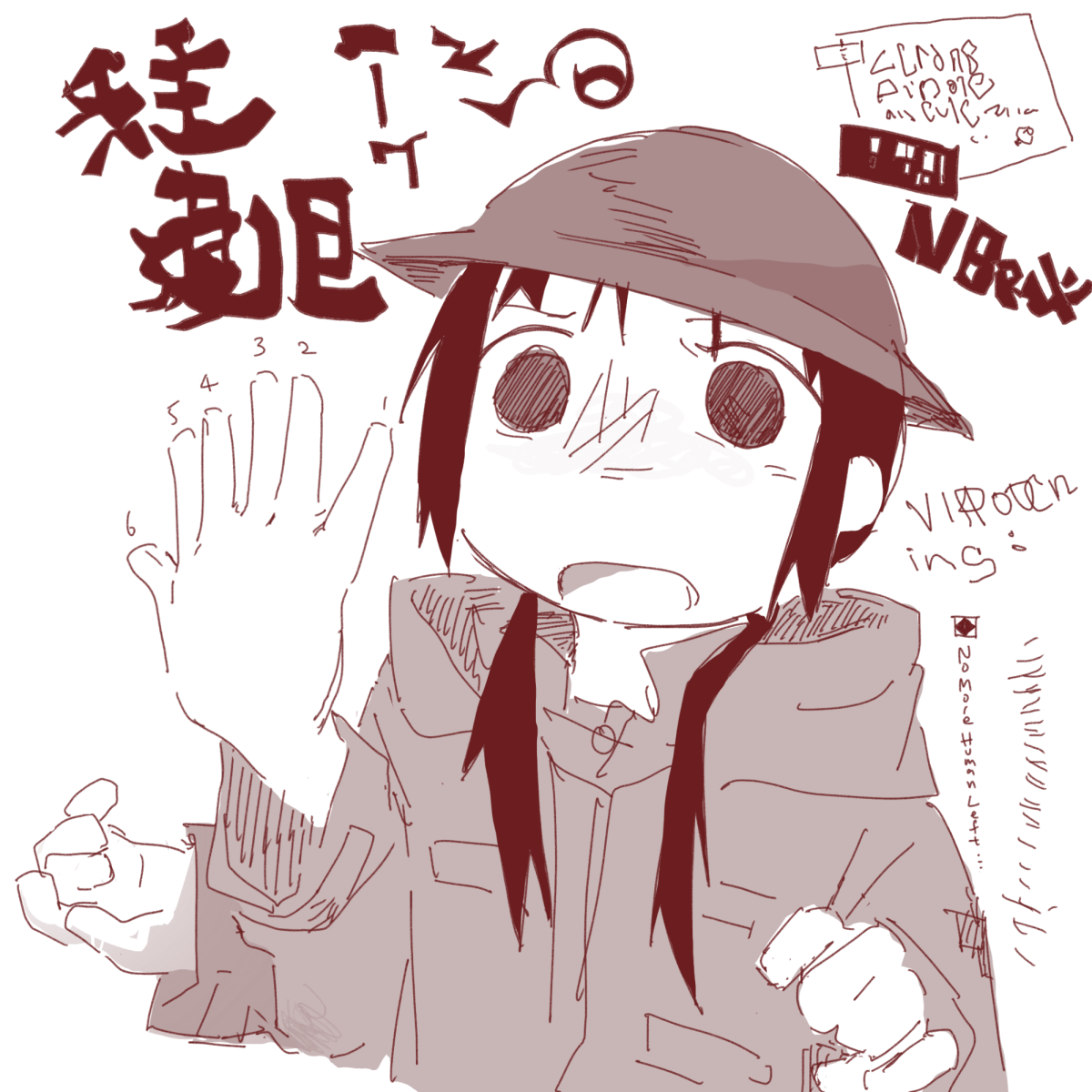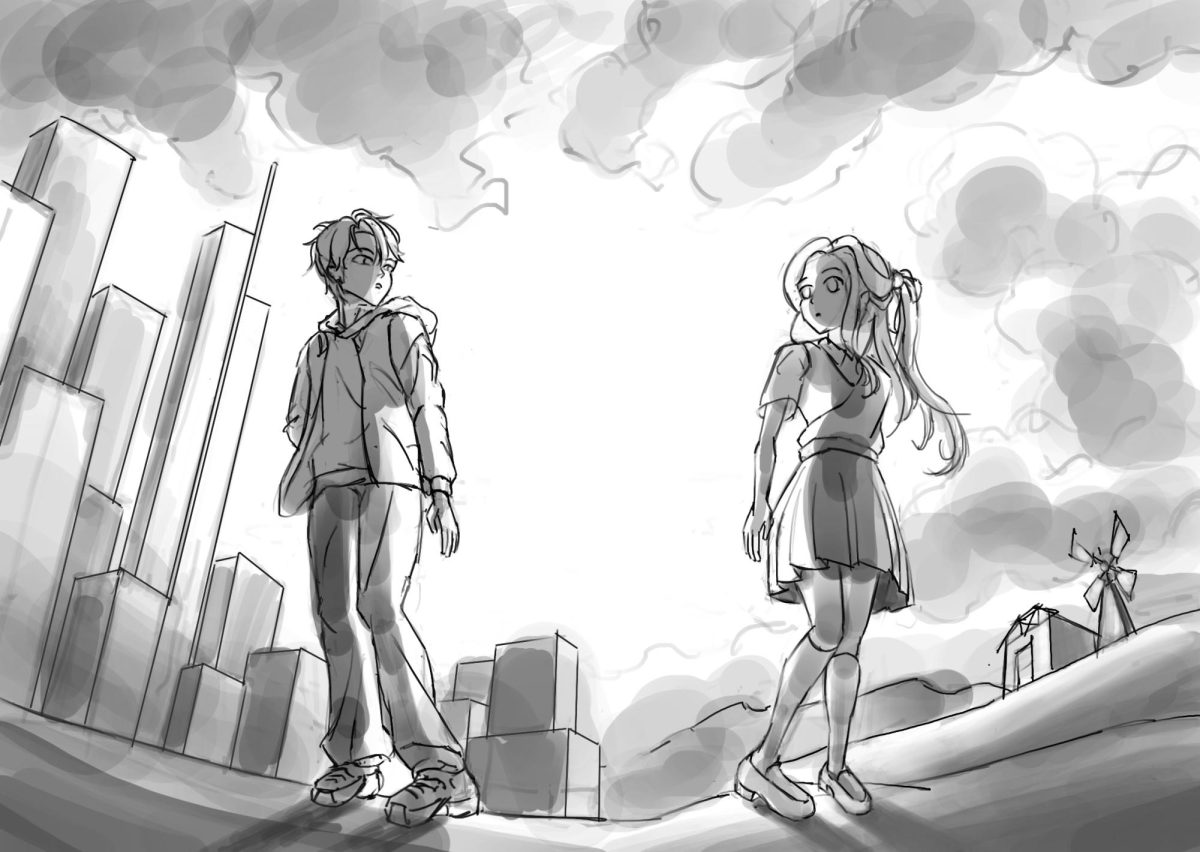In every sense of the word, the creations of generative AI cannot be designated as “art.” This word, three letters long and centuries deep, bears on its shoulders the weight of the human experience itself: the unbearable, beautiful, and inevitable pain, joy, and love that every person has felt. Britannica defines art as “something that is created with imagination and skill…that expresses important ideas or feelings.” The Oxford Dictionary echoes this sentiment, stating: “The use of the imagination to express ideas or feelings, particularly in painting, drawing or sculpture.” In both of these interpretations, there is an emphasis on emotion, imagination, and skill, none of which are applicable to AI “art.” Rather, they are direct opposites. How can a machine, which can only replicate, ever truly create? How can something so devoid of emotion capture the truth of the human experience? And how can we, in good conscience, place its output beside the work of those who pour their lives into every brushstroke, paint splatter, and chisel mark?
Freshman Aaniya Malik, an artist since childhood, felt that AI generated “art” was “just disgusting.” She stated: “Art is the first form of human communication. It’s been around longer than human language.” Yet, in this rapidly digitizing world, human connection is eroding, pixel by pixel. As screens replace conversations and the expansion of technology makes the world overwhelming with its overload of information, distractions, and opinions, the spaces where genuine interaction once thrived are vanishing. Art, one of the last sacred grounds of connection, is being transformed into an impersonal process of dissection and imitation. AI “art” is nothing but a Frankensteinian collage, pieced together from disembodied fragments of true human creation without the consultation or consent of the creators, using their work to train AI while ignoring the time and effort that an artist spent, limiting the very thing that made art matter: its ability to connect us, human to human, without a single word.
In a more practical sense, the usage of AI also has severe environmental impacts. A request made through ChatGPT consumes 10 times the electricity of a Google Search. The data centers utilized by AI produce waste with toxic components like lead and mercury. Globally, AI-related infrastructure may soon consume six times more water than Denmark, a country of 6 million. The worldwide consequences of AI, especially when used for something as superficial as AI “art,” will destroy both the artistic and environmental landscapes of our society, unless we, as the next generation, recognize its dangers now and choose to protect what makes both art and ourselves irreplaceably human.








